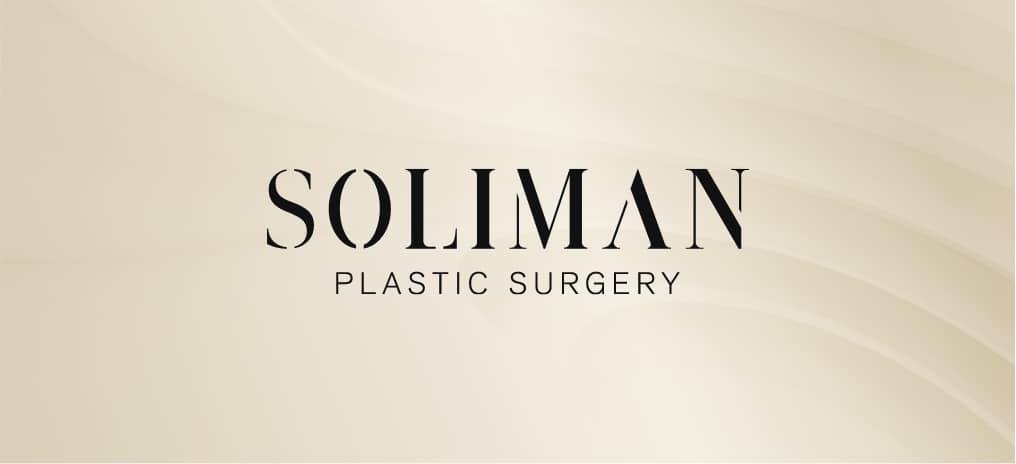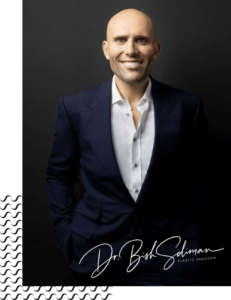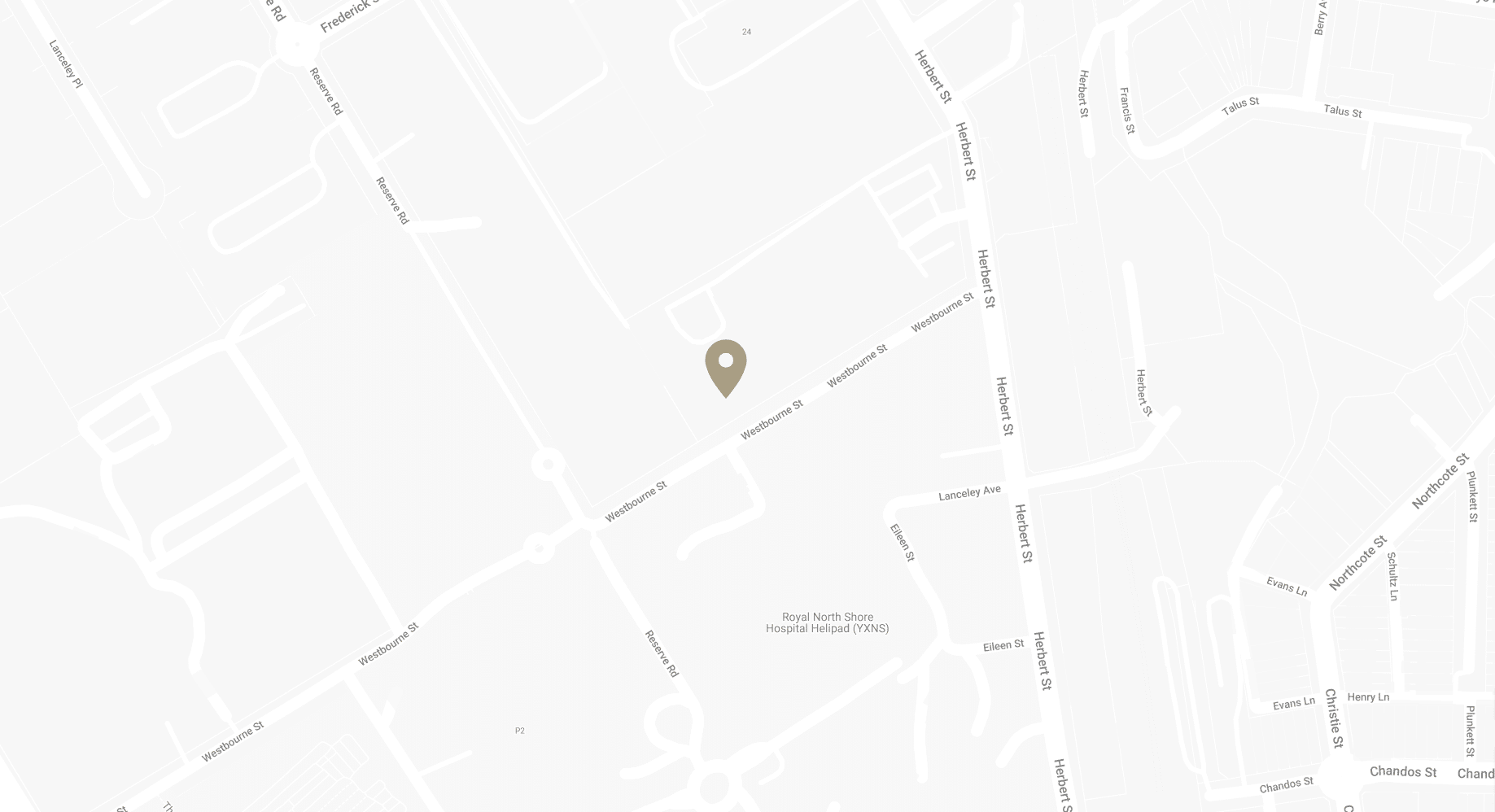Subglandular, Submuscular and Dual Plane Implant Placement
Breast augmentation is a popular cosmetic surgery procedure that helps women increase their breast size and change the shape. One of the crucial decisions that women have to make when undergoing breast augmentation is choosing the right implant placement. The placement of breast implants is an important factor that impacts the overall look and feel of the breasts after the surgery.
In this blog, Sydney Specialist Plastic Surgeon Dr Bish Soliman will discuss the various breast implant placement options and help you understand the pros and cons of each option. We will also discuss the factors that you should consider when choosing breast implant placement and the recovery and post-operative care required for different placement options.
Download Dr Bish Soliman Cosmetic Breast Surgery Guide

Types of Breast Implant Placement
Breast implant placement refers to the location where the breast implants are positioned during the surgery. There are three primary breast implant placement options: submuscular, subglandular, and dual plane. Each placement option has its own set of benefits and drawbacks, and the right choice depends on your individual needs and preferences.
Submuscular Breast Implant Placement
Submuscular breast implant placement involves positioning the breast implants beneath the pectoral muscle. This placement option provides more coverage for the implants, resulting in a more natural look and feel. The submuscular placement also reduces the risk of visible rippling or wrinkling of the implants, as the muscle helps to provide additional support and coverage.
However, submuscular placement has a longer recovery time and can cause more discomfort after surgery. The placement may also limit the size of the implants that can be used.
Subglandular Breast Implant Placement
Subglandular breast implant placement involves positioning the breast implants above the pectoral muscle and beneath the breast tissue. This placement option typically requires a shorter recovery time and causes less discomfort after surgery. It also allows for larger implant sizes.
Subglandular placement may result in a less natural look and feel, particularly for women with less breast tissue. The placement may also increase the risk of visible rippling or wrinkling of the implants.
Dual Plane Breast Implant Placement
Dual plane breast implant placement involves positioning the breast implants partially beneath the pectoral muscle and partially above the muscle. This placement option combines the benefits of both submuscular and subglandular placement.
Dual plane placement provides a more natural look and feel, as the implants are partially covered by the muscle. It also allows for larger implant sizes and has a shorter recovery time than submuscular placement. Dual plane placement may increase the risk of visible rippling or wrinkling of the implants.
Factors to Consider When Choosing Breast Implant Placement
When contemplating breast implant surgery, the decision regarding the placement of the implants is paramount. The position of the implants can significantly influence the aesthetics, comfort, and satisfaction post-surgery. Here are some important factors to consider when determining the best breast implant placement tailored to your individual circumstances:
- Body Type and Breast Anatomy: The inherent characteristics of your body and breast anatomy are fundamental in guiding the suitable placement of breast implants. Submuscular Placement: Women possessing less natural breast tissue often find submuscular placement advantageous. This method places the implant beneath the pectoral muscle, promoting a more natural contour and feel, especially beneficial when there’s limited breast tissue to cover the implant. Subglandular Placement: Conversely, women with ample breast tissue may opt for subglandular placement, positioning the implant above the muscle but beneath the breast gland. This technique can offer a fuller look and may require less recovery time.
- Desired Aesthetic Outcome: Envisioning your post-operative appearance is crucial in the decision-making process. If a natural look and feel align with your aesthetic goals, submuscular or dual plane placement (a hybrid of submuscular and subglandular placement) could be the preferable choice. For those desiring a fuller or more augmented look, subglandular placement might align well with these aspirations, even if it may offer a less natural silhouette.
- Lifestyle and Physical Activities: Your daily activities and lifestyle pursuits are integral in the decision-making process. Individuals engaging in rigorous chest muscle activities like weightlifting or swimming may find submuscular placement beneficial. This positioning could potentially mitigate implant interference during muscle flexion.
- Surgeon’s Expertise and Recommendations: The insights and recommendations from a proficient plastic surgeon are invaluable. An adept surgeon can meticulously evaluate your anatomy, lifestyle, and desired outcomes to propose the most suitable implant placement. They can explain the pros and cons of each placement option, guiding you toward a well-informed decision.
- Recovery Expectations: Different placement options may entail varying recovery experiences. Submuscular placement, often considered more invasive, might necessitate a longer recovery period. On the flip side, subglandular placement might offer a quicker recovery albeit with a potentially lesser natural feel.
- Potential Complications and Maintenance: The propensity for certain complications and the ease of future maintenance could also influence the choice of implant placement. For instance, the risk of capsular contracture or animation deformity might vary between submuscular and subglandular placements.
- Informed Decision-making: Garnering comprehensive information, discussing your expectations with Dr Bish Soliman, and understanding the implications of each choice will empower you to make an informed decision regarding implant placement.
The intricate deliberation of these factors, coupled with expert advice from a seasoned plastic surgeon, will pave the way toward a satisfying breast augmentation experience that resonates with your aesthetic aspirations and lifestyle.
Consultation with Dr Bish Soliman
Before undergoing breast augmentation surgery, it is essential to schedule a consultation with an experienced plastic surgeon such as Dr Bish Soliman. During the consultation, Dr Soliman will assess your individual needs and preferences, examine your breast anatomy, and recommend the best implant placement option for you.
Dr Soliman will also discuss the risks and benefits of each placement option and provide detailed instructions for the recovery and post-operative care required for your chosen placement option.
Recovery and Post-Operative Care for Different Breast Implant Placement Options
The recovery and post-operative care required for breast augmentation surgery vary depending on the implant placement option. Here are some general guidelines for each placement option:
- Submuscular Breast Implant Placement: Submuscular placement requires a longer recovery time than other placement options. Patients may experience more discomfort, swelling, and bruising after surgery. Patients should avoid strenuous activities for at least four to six weeks after surgery.
- Subglandular Breast Implant Placement: Subglandular placement requires a shorter recovery time than submuscular placement. Patients may experience less discomfort, swelling, and bruising after surgery. Patients can resume light activities within a week after surgery and more strenuous activities within four to six weeks.
- Dual Plane Breast Implant Placement: Dual plane placement typically requires a shorter recovery time than submuscular placement. Patients may experience less discomfort, swelling, and bruising after surgery than submuscular placement. Patients can resume light activities within a week after surgery and more strenuous activities within four to six weeks.
FAQs about Breast Implant Placement
Do implants over the muscle look bigger?
- Initially, implants placed over the muscle may seem larger due to swelling and their high position on the chest. However, this appearance is temporary. As the implants settle into the breast pocket over time, the swelling subsides, and the size appearance becomes similar regardless of whether the implants are placed over or under the muscle.
Are implants as heavy as real breasts?
- The weight of breast implants compared to natural breasts can vary based on the size of the implant and the individual’s body. Implants do add volume and weight, and it may take some time for individuals to adjust to the new figure. However, with the right sizing and support, many women adapt to the added weight over time, and the implants begin to feel like a normal part of their body.
Do breast implants under the muscle look more natural?
- Implants positioned under the muscle are often recommended for those with little natural breast tissue as the muscle coverage can yield a more natural-looking result. The extra tissue coverage from the muscle can provide a smoother appearance to the upper portion of the breast, reducing the risk of an unnatural “beach ball” look. Additionally, submuscular placement can offer benefits like a lower risk of capsular contracture and less interference with mammograms.
Is dual plane more painful?
- Dual plane breast augmentation, which involves partially placing the implant under the muscle and partially under the breast tissue, may lead to more post-operative discomfort and a longer recovery period. This is due to the procedure being more invasive and the muscles stretching to accommodate the implant.
Does dual plane cause animation deformity?
- Animation deformity is a known complication associated with dual-plane and submuscular implant placement. It occurs when the contraction of the pectoralis major muscle causes visible distortion and movement of the implant. This distortion can be aesthetically displeasing to some individuals as the shape of the augmented breast changes or appears distorted during muscle contraction. Revision surgery might be necessary to correct this potential complication of breast implant surgery.
Further Reading about Breast Augmentation Surgery with Dr Bish Soliman
- Read Dr Soliman’s Blog about Bra Cup Sizes and Breast Implant Sizes
- Read Dr Soliman’s Blog about How to Choose the Best Bra after Breast Augmentation
- Read Dr Soliman’s Blog about Round vs Anatomical Breast Implants
- Read Dr Soliman’s Blog about Why Dr Bish Uses Motiva Breast Implants
- Read Dr Soliman’s Blog about All about Silicone Breast Implants
- Read Dr Soliman’s Blog about Perfect Breasts – The Pursuit of Aesthetic Excellence
- Read Dr Soliman’s Blog about Treating Capsular Contracture – a Breast Implant Complication
- Read Dr Soliman’s Blog about The Rise of Small Breast Implants
- Read Dr Soliman’s Blog about Getting Back to Exercise after Breast Enlargement Surgery



